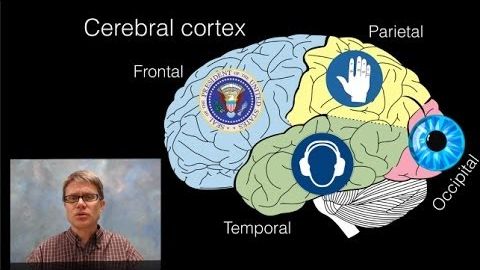脳の (The Brain)
Hhart Budha が 2021 年 01 月 14 日 に投稿  この条件に一致する単語はありません
この条件に一致する単語はありません- v.t.頭を殴る
- n. (c./u.)脳 : 頭脳;秀才;天才;中央処理装置
- n. (u.)知能;知力
US /ˈstrʌk.tʃɚ/
・
UK /ˈstrʌk.tʃə/
- n. (c./u.)構造;建物
- v.t.組み立てる;組織する
US /ˈfʌŋkʃən/
・
UK /'fʌŋkʃn/
- n.行事;関数;機能;働き;関数 (コンピューター)
- v.i.として機能する;働く
US /ɪmˈpɔrtnt/
・
UK /ɪmˈpɔ:tnt/
- adj.地位の高い;重要な;重鎮
- n. (u.)重要なこと
エネルギーを使用
すべての単語を解除
発音・解説・フィルター機能を解除

